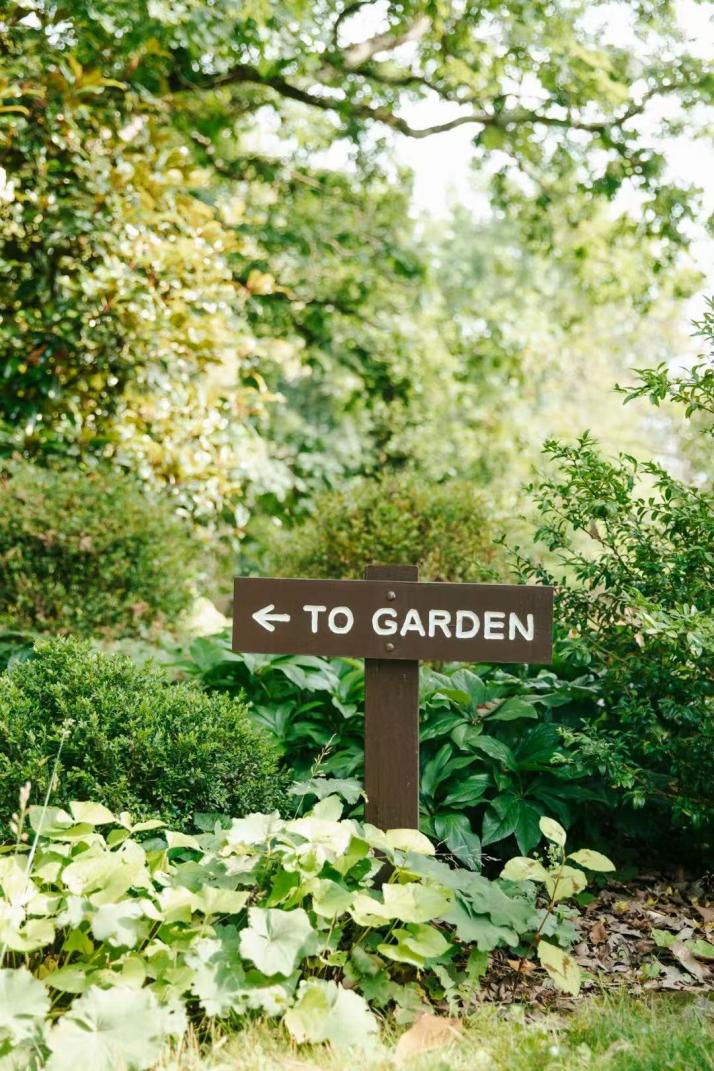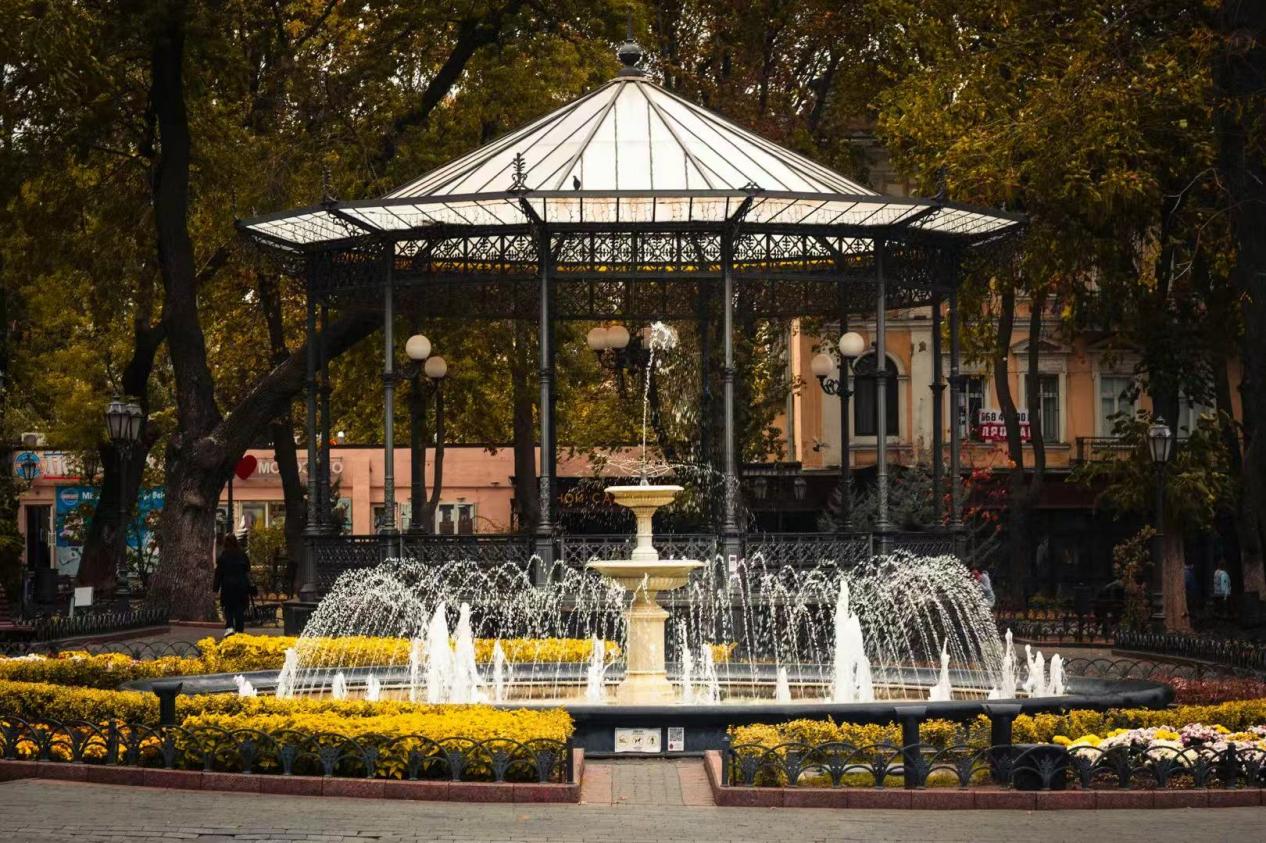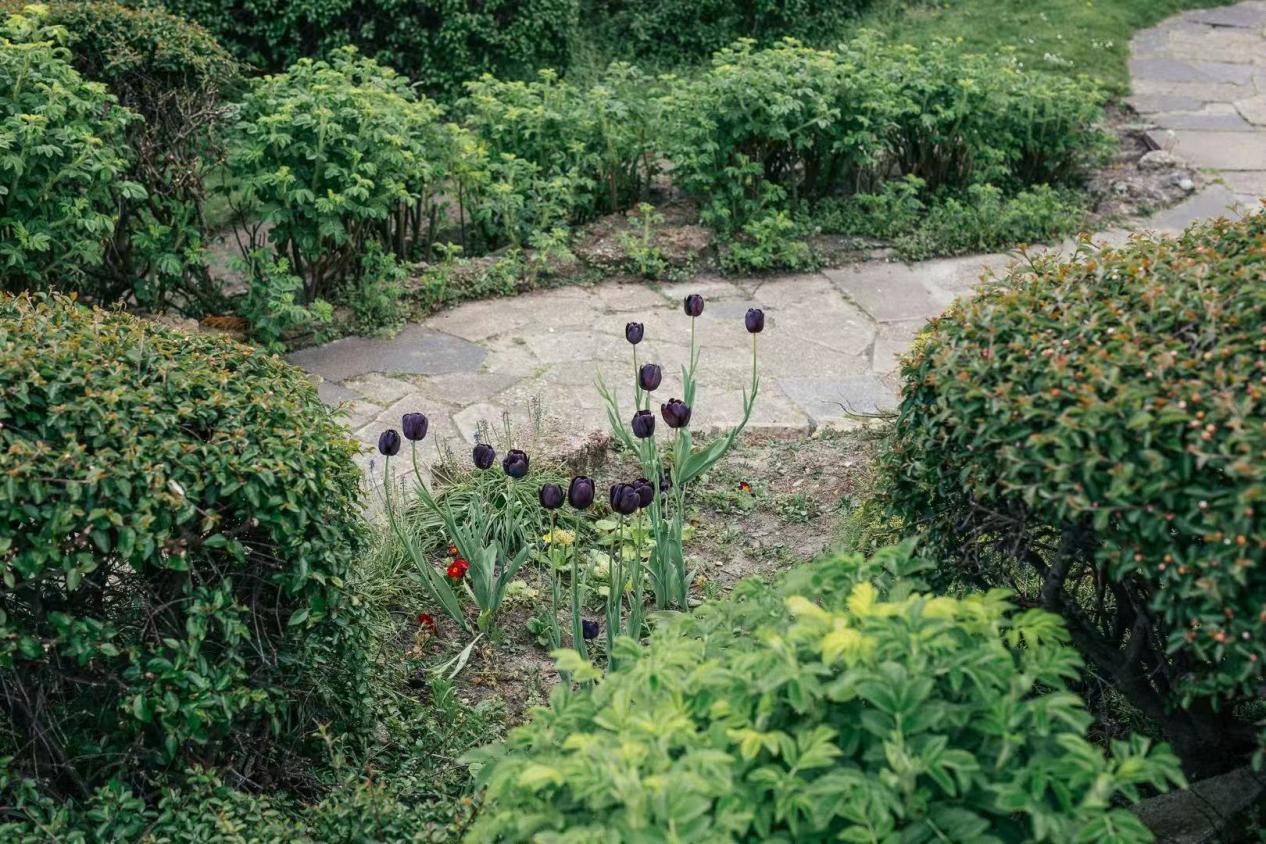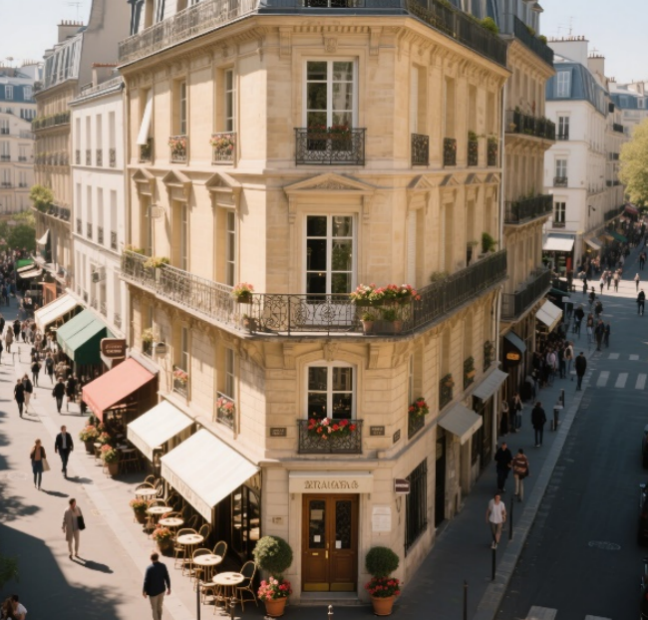In the corner of the city, there are many old communities forgotten by the years. They used to be the warm harbor of the city, but now they gradually lose their luster because of the aging facilities and messy environment. However, with the advancement of the renovation project of old communities, a micro-renovation model called "pocket garden" is quietly emerging, which has brought new life to these old communities and injected new vitality into the field of real estate subdivision.

"Pocket Garden" is a small and exquisite concept of public space transformation. It uses idle corners, abandoned open spaces or narrow passages in old communities to create small gardens full of vitality through clever design and planning. Although these gardens are small in area, they are like "green lungs" in the city, providing residents with a space for rest, communication and getting close to nature. In the renovation of an old residential district in a city, an abandoned corner that was originally full of sundries was transformed into a "pocket garden". The designer laid colored floor tiles here, planted low shrubs and flowers of the four seasons, and installed several wooden benches. After the completion of the renovation, it quickly became the favorite gathering place for residents after dinner. The old people bask in the sun and chat here, and the children play in the flowers, and the originally deserted corner becomes lively and warm.
The charm of "pocket garden" lies not only in its beauty, but also in its practicality. It can effectively improve the microenvironment of old residential areas, reduce dust and noise pollution, and improve the quality of life of residents. At the same time, this micro-renovation mode has low cost and short construction period, and can quickly bring a brand-new feeling to the community without destroying the original building structure. In another old community, a narrow passage was transformed into a "green corridor". The designer installed vertical green flower stands on both sides of the passage and planted vines and small flowers. With the growth of plants, this passage has become a "pocket garden" full of greenery, and residents seem to be in nature when they pass by, and their mood has become comfortable.

The construction of "pocket garden" has also stimulated residents' enthusiasm for participation. During the renovation process, numerous residents voluntarily engaged in the garden's design and construction. They offered their own ideas and suggestions, and even took it upon themselves to plant flowers and trim branches and leaves. This sense of participation not only enhances residents' sense of belonging to the community, but also promotes exchanges and cooperation between neighbors. In some communities, "pocket garden" has even become a place for cultural activities organized by residents spontaneously, such as small concerts and parent-child activities, which further enriched the spiritual life of residents.
However, the construction of "pocket garden" is not without challenges. Due to the limited space of old residential areas, how to achieve the balance between function and beauty in limited space is a difficult problem. In addition, the later maintenance and management also need the joint efforts of community residents and property to ensure the long-term sustainable development of the garden. However, with the emergence of more and more successful cases, these problems are gradually being solved.

From "micro-renovation" to "great rejuvenation", "pocket garden" not only brings new vitality to old residential areas, but also provides a brand-new development direction for real estate subdivision. It reminds us that urban renewal does not have to be demolished and built. Through ingenious design and transformation, even a tiny space can glow with infinite possibilities. In the future, with more "pocket gardens" blooming in every corner of the city, the old community will no longer be the regret of the city, but a vibrant and warm home.





